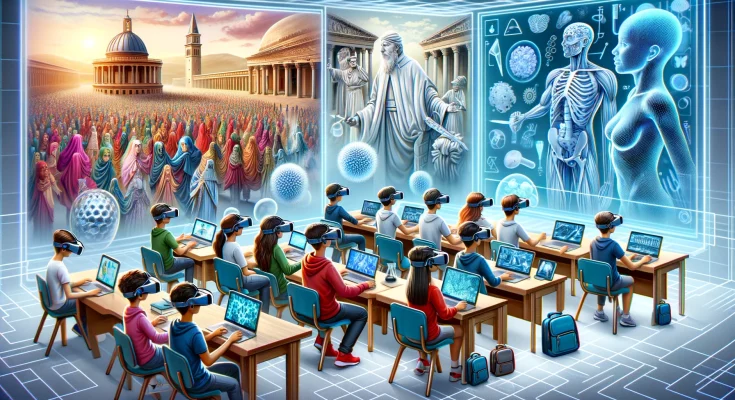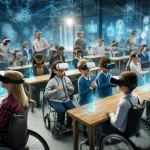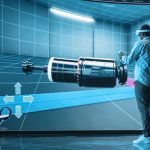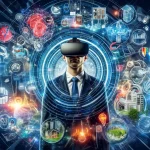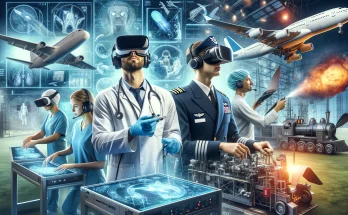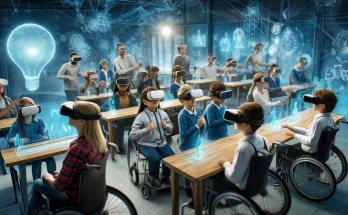Virtual reality (VR) technology is revolutionizing the traditional educational environment, introducing a new era of immersive learning that extends beyond the physical confines of classrooms. As VR becomes more accessible, educators and institutions are exploring its potential to enhance student engagement, improve retention rates, and safely simulate complex or potentially hazardous real-world scenarios. This article delves into how virtual classrooms operate, their benefits, case studies of successful implementations, and the challenges faced in broadening their application.
Introduction to Virtual Classrooms: What Are They and How Do They Work?
Virtual classrooms utilize VR technology to create a simulated environment where students can interact with educational content and each other in a fully immersive way. Unlike video conferencing tools or traditional online learning platforms, VR classrooms allow students to experience a sense of presence that closely mimics being physically present in a classroom. Students can participate in interactive simulations, conduct lab experiments, and engage in group activities, all within a controlled virtual space.
Benefits of VR in Education: Increased Engagement, Interactive Learning Experiences, and Access to Impossible Scenarios
The immersive nature of VR significantly enhances student engagement compared to traditional learning methods. Through VR, learners are not just passive recipients of information but active participants in their educational journeys. For instance, history students can visit ancient civilizations, while science students can explore the human body at a cellular level or conduct chemical experiments without any risk of harm.
Enhanced Retention Rates: Studies suggest that immersive learning environments can lead to better retention rates. By engaging multiple senses, VR helps solidify memory retention and understanding of complex subjects.
Access to Impossible Scenarios: VR makes it possible to experience situations that are difficult or impossible to replicate in the real world. This can range from historical events to futuristic technology, providing a broad scope of exploration that was previously unimaginable.
Case Studies: Examples of Schools and Institutions Using VR to Enhance Learning
Various educational institutions have begun to integrate VR into their curriculums with notable success:
- Medical Training: Medical schools have adopted VR to teach anatomy and surgical procedures, allowing students to practice techniques in a consequence-free environment.
- Environmental Science: Some schools use VR to simulate different ecosystems, enabling students to understand environmental changes and their impacts firsthand.
- Cultural Education: Institutions like museums and cultural centers offer VR experiences that allow students to explore art, culture, and history from around the world without leaving their classroom.
These examples highlight VR’s capability to transform educational experiences by providing interactive and engaging learning opportunities that are not bound by physical or geographical limitations.
Challenges and Considerations: Addressing Potential Drawbacks and the Digital Divide
Despite the advantages, the integration of VR in education is not without challenges:
- Cost and Accessibility: The initial setup cost for VR hardware and the development of educational content can be high, potentially widening the digital divide.
- Technological Issues: Issues such as motion sickness or technical glitches can detract from the learning experience and may need specific solutions to ensure that all students can benefit equally from VR technologies.
- Pedagogical Adaptation: Educators need training to effectively incorporate VR into their teaching methods and curriculum, ensuring that technology enhances rather than complicates the learning process.
As VR technology continues to improve and become more widely available, its potential to revolutionize educational practices increases. By providing unique opportunities for engagement and exploration, VR has the capacity to make learning more inclusive and impactful. However, to fully realize the potential of virtual classrooms, educators and policymakers need to tackle the challenges of affordability, accessibility, and curriculum integration. With ongoing innovation and careful implementation, VR could fundamentally redefine education for future generations.

